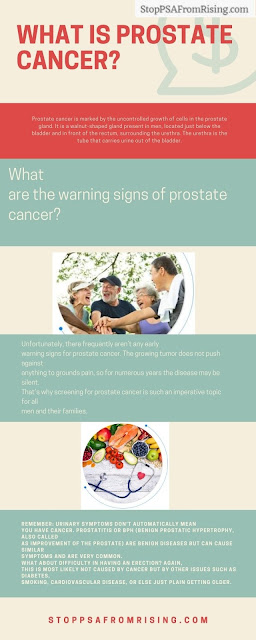How to reduce prostate cancer with PSA Protocol Formula?
Prostate cancer or PSA is the most common form of
cancer in men. A high level of PSA can indicate the presence of Cancer but
other factors beside cancer can cause elevated PSA level. Are you suffering
from Elevated PSA level? Do you find out symptoms of Prostate Cancer? Don’t worry!
This study will show the effectiveness of PSA protocol formula that effectively
lowers elevated PSA!
What
is a Prostate cancer?
The Prostate is a Walnut-shaped gland that sits
underneath the bladder in men. It is responsible for creating semen, the milky
liquid that takes out sperm out of the body when a man ejaculates. However,
elevated PSA level doesn’t necessarily signifies that you have prostate cancer.
PSA levels aren’t always precise that means numerous men who have normal PSA
levels. On the other hand, some men have PSAs but don’t have cancer or we can
say they have slow growing form of Cancer that would never have symptoms or
else caused they any harm. Now, let’s move further down to know what PSA
protocol formula is and how it is helpful?
How
does PSA Protocol Formula help in lowering Prostate Cancer?
During the seventeen years of development, the
effectiveness of PSA protocol has been proved over and over again in thousands
of clients.
·
Helps lessen symptoms connected with
Prostatitis, BPH, elevated PSA and all stages of prostate cancer
·
Naturally endorses vigorous prostate
gland, bladder as well as kidney functions
·
It has shown to reduce PSAs and inhibit
tumor growth in men who are refractory and have metastatic cancer
·
Shown to extend survival of individual
with pancreatic cancer
PSA Protocol herbal formula for PC patients is a
natural technique to aid alleviates symptoms associated with prostate cancer.
It has been helping thousands of people with prostate cancer and other prostate
problems to get cancer under control.


Comments
Post a Comment